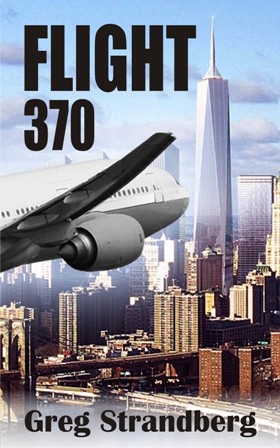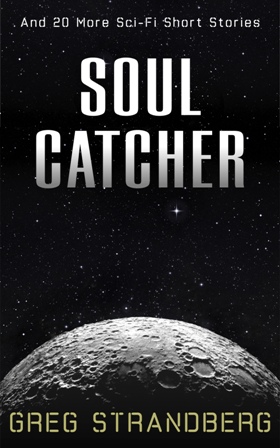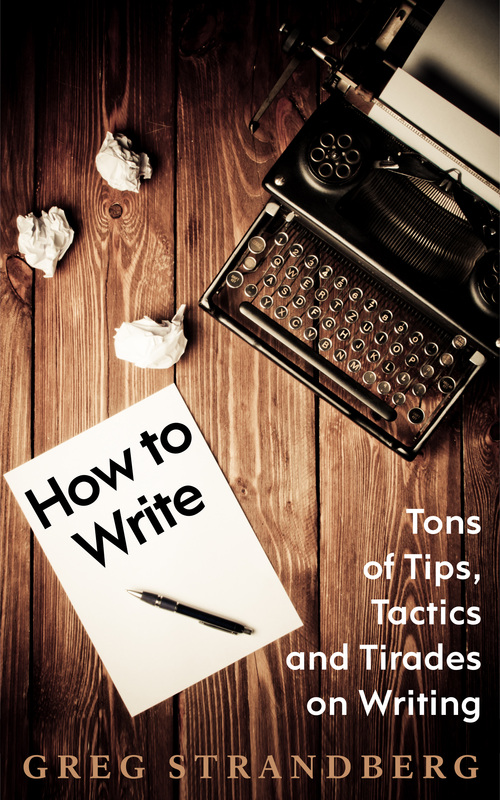 Caldron Linn on the Snake River
Caldron Linn on the Snake River
These are short stories put up each Friday that you can read for free. By the next Friday the post will be taken down and a new one will go up.
It took eleven days to build the boats, and that with nearly every one of the men working on the craft. They came out to 35 feet in length and another 8 feet wide. There were indeed fifteen of them, and each would hold goods and rowers.
Already the men had loaded up several of the craft to determine that each could carry about 8 tons of cargo. They didn’t have nearly that much, just under 10 tons now in all, so they divided them amongst the craft, something that allowed four members in each boat to do the rowing.
Also during those eleven days Hunt had used the downtime to increase their food stores, for he didn’t know what awaited them downriver beyond the five miles John Reed had explored. The decision had been made to dispatch a small group of trappers out as well, men that’d explore the area over the late-fall and early-winter before making their way down to the Columbia and then to Astoria.
John Day would lead the party of five, all on horseback, and they set out as the last boats were being finished. At the same time Levi and LeClerc had tracked down a small band of Snake Indians that agreed to keep their horses for them until such a time that they returned.
Nearly everyone in the party knew the Indians were getting a good deal – seventy-four horses free and with few strings attached – for none suspected they’d be coming back this way anytime soon…if at all. The overland trek, perhaps just at the halfway point, had proven more difficult than most could have imagined.
Surely, if this was what awaited America’s inevitable movement west, then the continent wouldn’t be yet be settled for several hundred more years. The party took the news from Hunt with great relief, therefore, that that they’d be setting out that day, October 19, leaving this lonely land behind.
That first day they did well, covering 30 miles…a lot more than they were doing on the horses. The day after that they did 40 miles, though late in the day it was clear rapids would be coming up on them soon. That would play havoc with the heavily-laden boats.
Each of the canoes was weighed down with hundreds of pounds of dried buffalo meat, various trade goods, and of course the trapping equipment they’d need on the coast, and were already getting a lot of use out of on the mountain streams.
On top of that the cottonwood canoes were heavier and a lot more unruly than the birch-bark canoes the French rowers were used to in the northlands of Canada. Despite that they heaved-to it, often singing as they did so.
A la claire fontaine
M’en allant promener,
J’ai trouve l’eau si belle
Que ji m’y suis baigne
The men were typically led by the steersman, the powerful arm that guided their craft, the powerful voice that guided their rhythm. The men, both English and French, were fond of singing the verses in both languages.
At the clear running fountain
Sauntering by one day,
I found it so compelling
I bathed without delay
The men, feeling that rhythm and the cadence of the words, joined in for the chorus.
Lui ya longtemps que je t’aime,
Jamais je ne t’oublierai
Your love long since overcame me,
Ever in my heart you’ll stay
No one could lead the men in song quite like the Frenchman on the lead canoe, a friendly and popular man named Antoine Clappine. The songs went all day, various tunes the men knew well or got to know well as the days progressed.
On the third day they ran into problems. The river constricted from a thousand feet to sixty, creating falls in one spot. The canyon crowding up on them was dreadful. Jagged rock walls rose up sheer from the river, with perhaps a foot or two of rock debris to walk upon.
Thick sagebrush, cheatgrass, and saltbush crowded the banks as well. One glance and it was clear there’d be no walking, no pulling into shore, no relief at all for however long the stretch of canyon lasted. The river itself seemed to constrict as it headed toward the canyon, its pace increasing and its top showing more white than greenish-blue.
What had been a 30-yard-wide river was now coming in at around 15 yards, some spots ten. It was decided they’d pull the canoes ashore, survey the scene, discuss what to do.






















































































 RSS Feed
RSS Feed